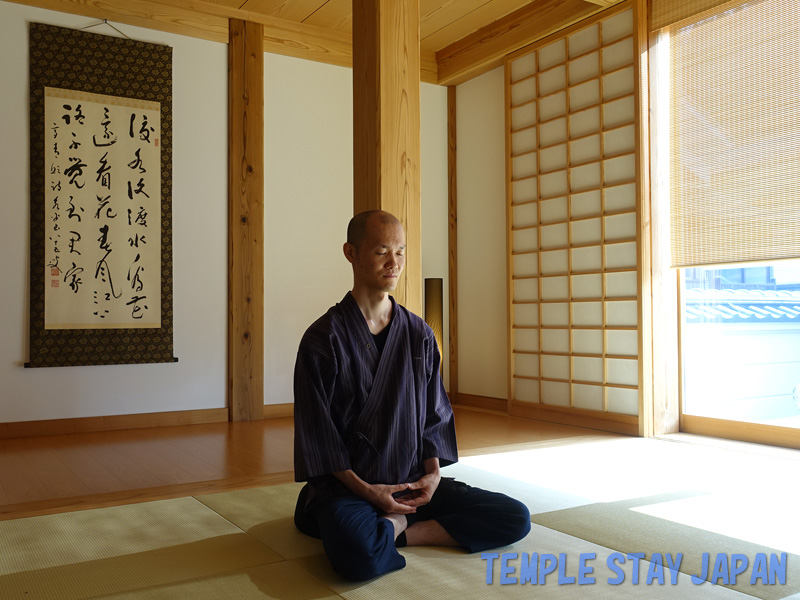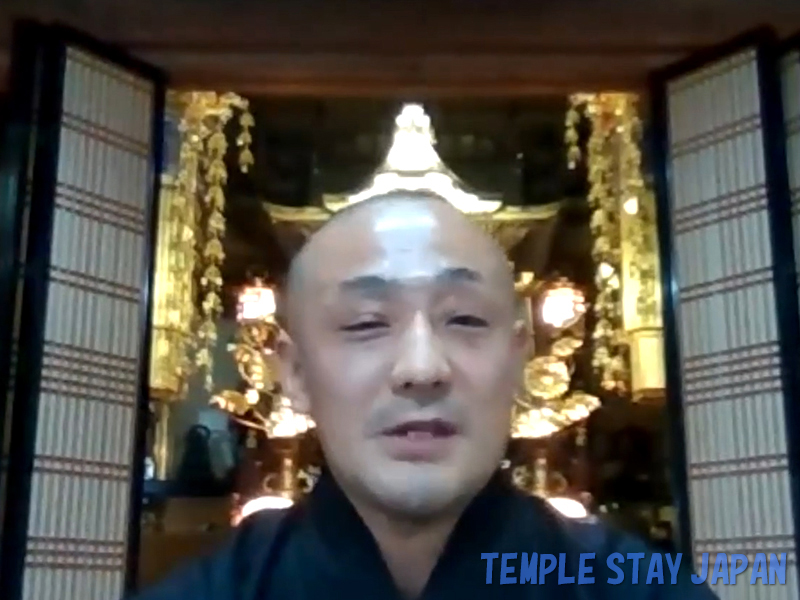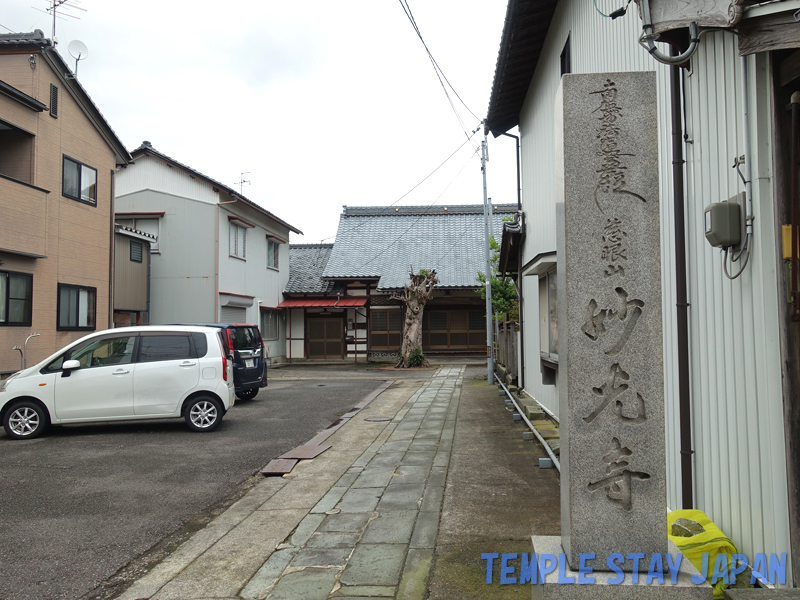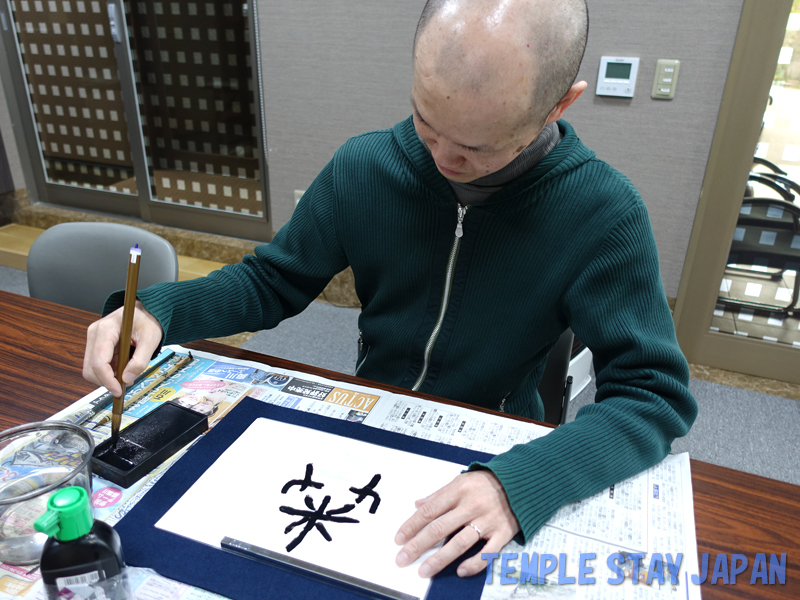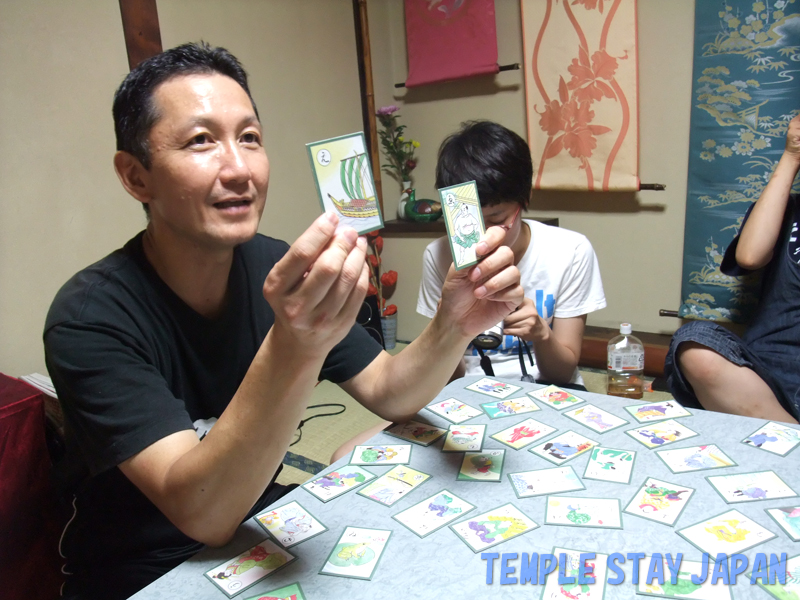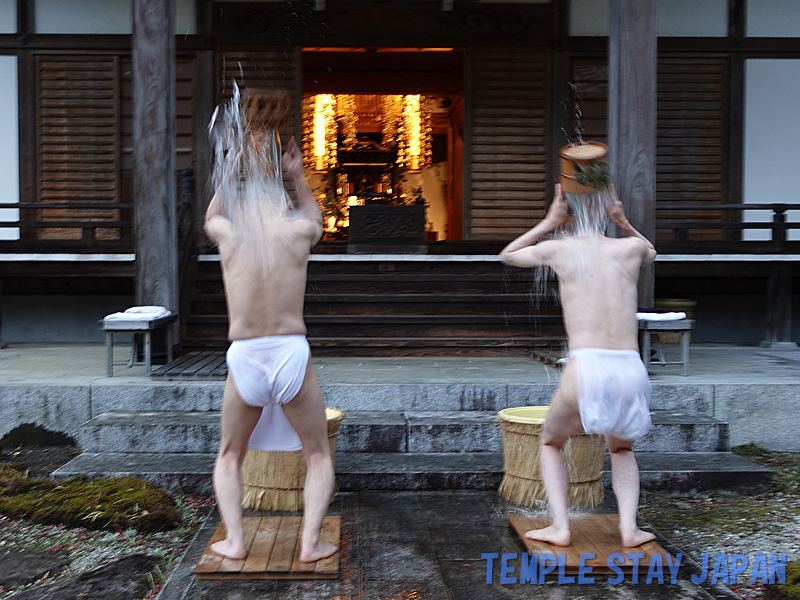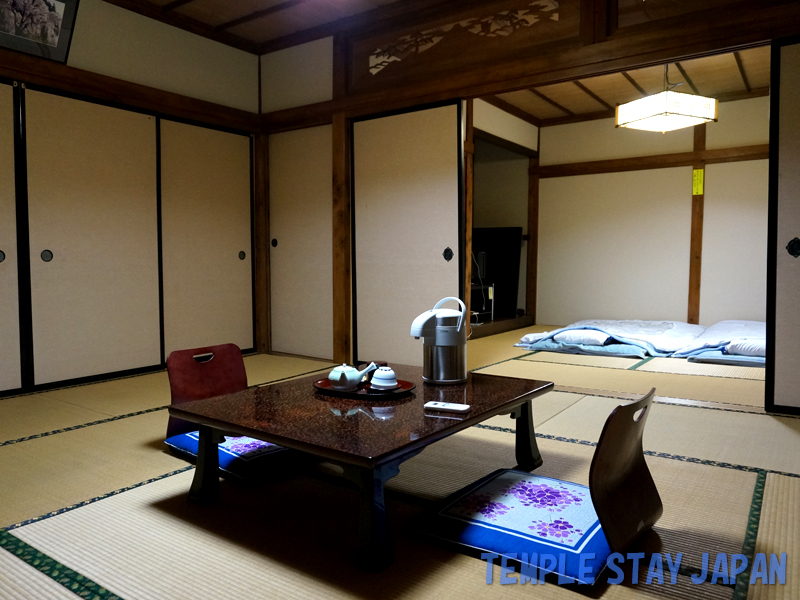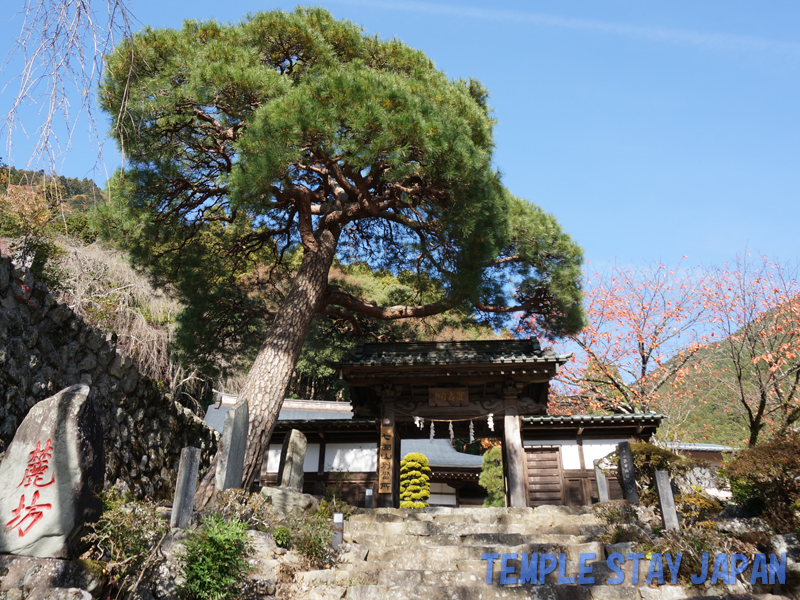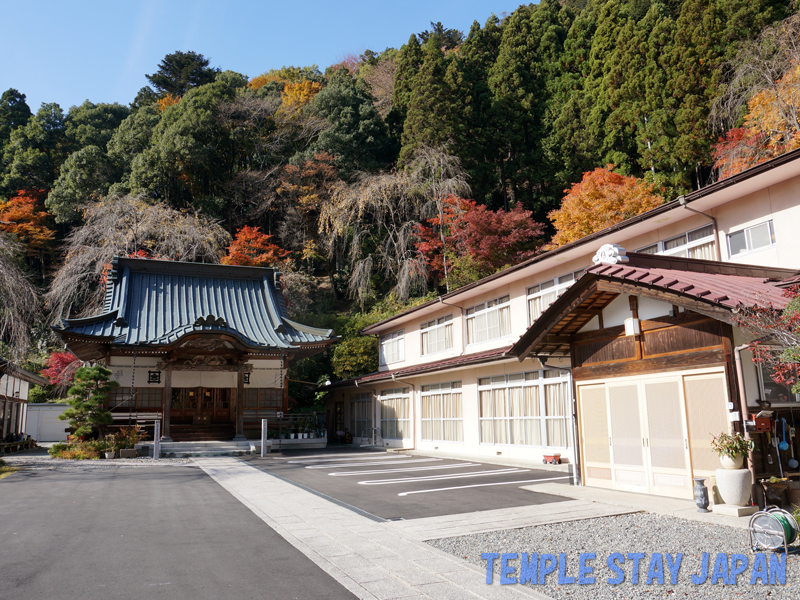Chubu– category –
-

Eiheiji Hakujukan temple stay (Fukui)
Hakujukan is a lodging facility at Eiheiji Temple that was founded in 1244 by Zen Master Dogen, the founder of the Soto sect. I did Zen meditation and copied sutras. The next morning, I attended the service at Eiheiji Temple. The sight of over 100 monks chanting sutras is truly impressive. -

Anrakuji temple stay (Fukui)
Anrakuji Temple is an ancient temple located on the shores of Lake Kitagata. Accommodation is limited to one group per day. The head priest is a master of flower arranging, and flowers are arranged in the guest rooms. There is service in the early morning. -

Myokoji temple stay (Fukui)
Myokoji Temple is located near Maruoka Castle. This castle is one of only 12 in Japan that still has its castle tower intact. Accommodation is limited to one group per day. You can join the service, which starts at 6am and lasts for about 20 minutes. Free bicycle rentals are also available. -

Hokkuji temple stay (Ishikawa)
Hokkuji Temple was founded by Kitakata Shinsen, a monk and calligrapher. It is located very close to Kenrokuen Garden, one of Kanazawa's most famous tourist attractions. I participated in a calligraphy workshop. There were many different types of samples, so I was able to enjoy choosing my favorite characters. -

Guesthouse Pongyi temple stay (Ishikawa)
This guesthouse is located very close to Kanazawa Station. The owner is a Buddhist monk who became a monk in Myanmar. The name Pongyi means monk in Burmese. I spent most of my time in the common room. I had a great time talking and playing Karuta (Traditional Japanese card game) with the owner and other people. -

keishinin temple stay (Yamanashi)
Mt. Shichimen is a sacred mountain with an altitude of 1,982 meters. Keishin-in Temple is located in this mountain. It is a place of training and meat and fish are not allowed to be eaten. The room is large and we all sleep together. It is also known as a famous spot to view Mt. Fuji and the sunrise. -

Habanobo temple stay (Yamanashi)
Habanobo places more emphasis on prayer and training than other shukubo on Minobu-san. I performed a water purification ritual under the guidance of the head priest. It was a cold time at the end of November, but it invigorated my body and mind. -

Yamamotobo temple stay (Yamanashi)
Yamamotobo is a temple founded by Nittyo, one of the six direct disciples of Nichiren, who founded Kuonji Temple. We stayed in two Japanese-style rooms, one with 10 tatami mats and the other with 8 tatami mats. I could see the Sanmon Gate of Kuonji Temple from the window. -

Fumotobo temple stay (Yamanashi)
Fumotobo is a shukubo of Kuonji Temple on Minobu-san, the head temple of the Nichiren sect. I was the only guest there, so I was able to relax. I attended the evening service. They performed a careful service, including offering prayers for our ancestors. -

Hongyobo temple stay (Yamanashi)
Hongyobo is a temple with origins in the 13th century and is a shukubo of Kuonji Temple on Minobu-san, the head temple of the Nichiren sect. It is located at the very back of Minobu, just down the hill from Kuonji Temple, making it convenient for worship.

